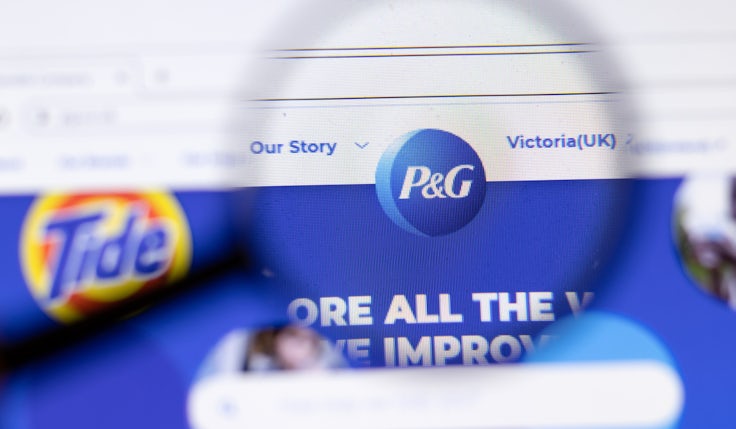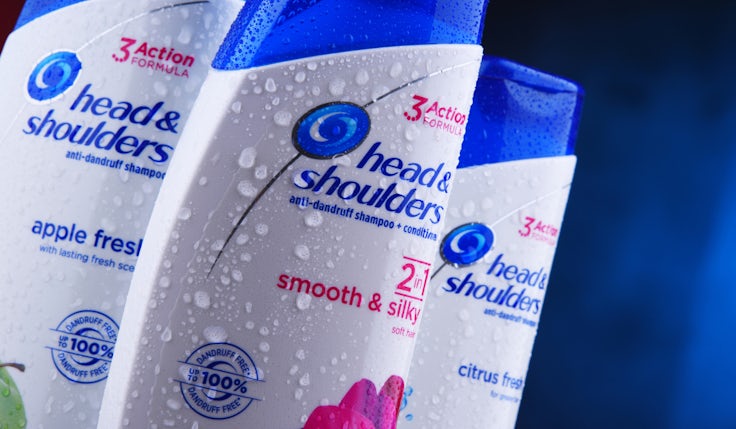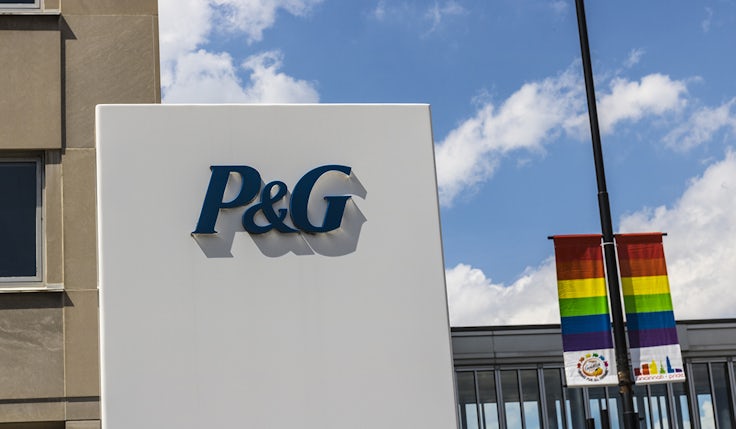P&G commits to further brand investment despite its first sales decline in five years
Procter & Gamble increased ad spend by $140m (£113m) in the last quarter as it seeks to drive household penetration for its brands.
 Procter & Gamble has outlined its “ongoing commitment” to investing behind its brands, despite reporting a decline in quarterly sales for the first time in five years.
Procter & Gamble has outlined its “ongoing commitment” to investing behind its brands, despite reporting a decline in quarterly sales for the first time in five years.
The FMCG giant reached net sales of $20.8bn (£16.8bn) in its second quarter, a decrease of 1% versus the same period in 2022. It also reported decreased profits of $9.88bn (£8bn) compared to $10.29bn (£8.3bn), as heightened costs and a tough macroeconomic environment put increased pressure on the business.
“We believe this is a rough patch to go through, not a reason to reduce investment in the long-term health of the business,” chief financial officer Andre Schulten told investors on a call today (19 January).
He added “the best way to get through this” would be through investing in the business priorities across product, package, brand communication, retail execution and value.
The business upped its ad spend by $140m (£113m) in the most recent quarter. Schulten described the current media spend as “sufficient” to drive growth for its brands. That “suffiency” of spend is defined not by dollars, but by the reach and frequency it achieves in order to ensure the brands retain their equity and stay top of mind.
“When we reinvest, we reinvest because there’s a positive return in the short term and we can further strengthen our brands,” Schulten said. “If there are opportunities to create short term ROI we’ll continue to double down.”
Asos chases improved marketing ROI amid profitability ‘obsession’
However, the business is also looking for synergies and efficiencies it can make in its media spend, which will still allow it to generate brand growth.
Schulten gave the example of P&G’s US baby care division, which has “completely shifted” how its media is run. It reduced media spend by 50% but managed to increase reach by 20% and top of mind awareness by 26%, and grew by 10% last year.
P&G is “just at the beginning” of the productivity drive on media, and there is potential to drive similar efficiencies elsewhere in the business, he said.
Driving household penetration
P&G’s volumes fell by 6% during the quarter, with decreases across each of its business segments. As costs rose it increased prices across its ranges by an average of 10%.
An average price increase of 11% in the grooming segment failed to offset volume decreases and organic sales remained flat in the quarter.
Inflation has particularly impacted consumer spending in Europe, a trend which the company expects to see continue as heating prices affect households into the winter.
The business is looking to drive penetration, and acknowledges market growth driven by price is “obviously not sustainable”.
“That’s going to be our job over the next few quarters, to drive household penetration to reinvigorate overall volume growth,” Schulten said.
On price, he added private label competitors are increasing price at a slower rate, something which he claims is temporarily increasing the price gap.
When it comes to discussions with retailers on the price passed onto consumers, P&G stated that this has been “constructive” despite the macroeconomic challenges.
Schulten noted retailers are themselves the producers of many private label brands and so understand the challenges faced by FMCG companies currently.
CEO Jon Moeller said the business and its retail partners are focused on a common goal: “The conversation is much more constructive for all concerned when we focus on improving consumer value holistically”.








I’d love to learn more about the tactics they deployed to increase reach while reducing spend. Digital trickery would be an easy way to demonstrate supposed reach, but I would think P&G was smarter than that.